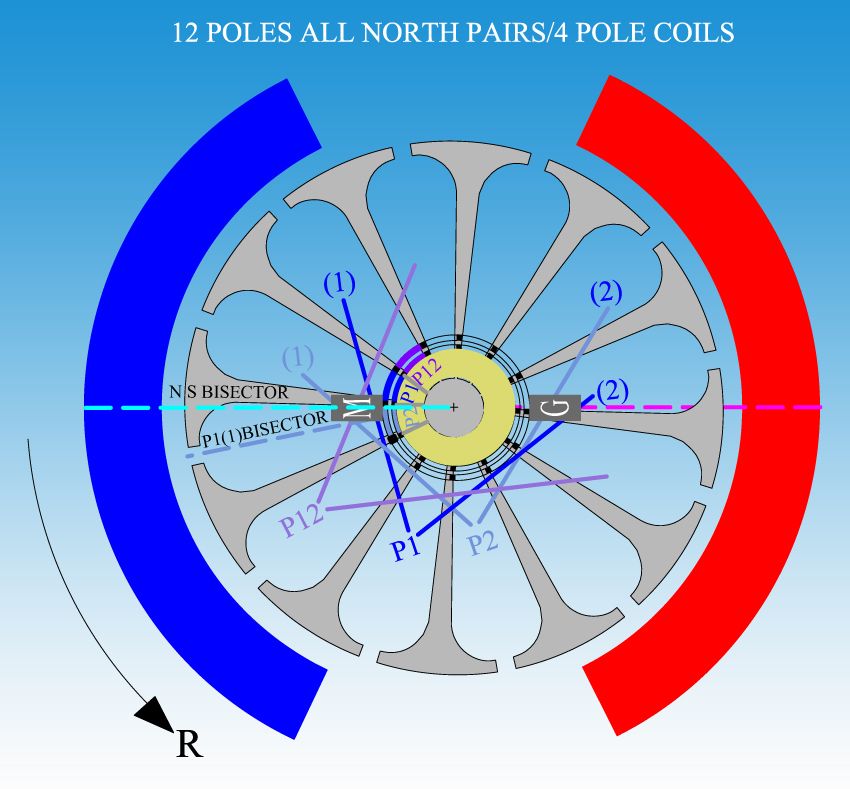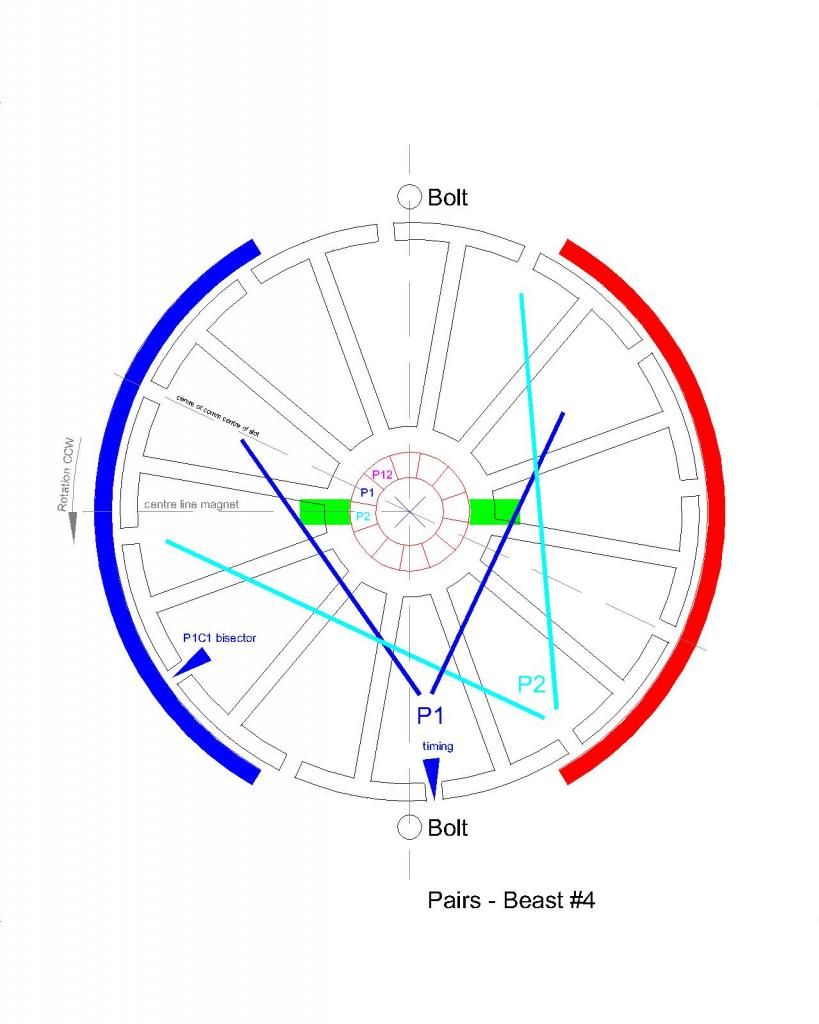Hi Sampojo
I think I know why we would want to pulse the input...but could you indulge me please and give a brief 'low tech' explanation.
Also, if I'm understanding the terminology correctly "double rotor (1) dual stator (2) unipolar (3) winding" means -
(1) Two original rotors used back-to-back to achieve two commutator asym arrangement.
(2) The stators from both OEM bodies have been used
(3) All north
I know you'll have this detailed somewhere in the 240 pages of this thread, so apologies for asking you to briefly go over it again for newbies (me).
Regards
mark
I think I know why we would want to pulse the input...but could you indulge me please and give a brief 'low tech' explanation.
Also, if I'm understanding the terminology correctly "double rotor (1) dual stator (2) unipolar (3) winding" means -
(1) Two original rotors used back-to-back to achieve two commutator asym arrangement.
(2) The stators from both OEM bodies have been used
(3) All north
I know you'll have this detailed somewhere in the 240 pages of this thread, so apologies for asking you to briefly go over it again for newbies (me).
Regards
mark


 )
)
Comment